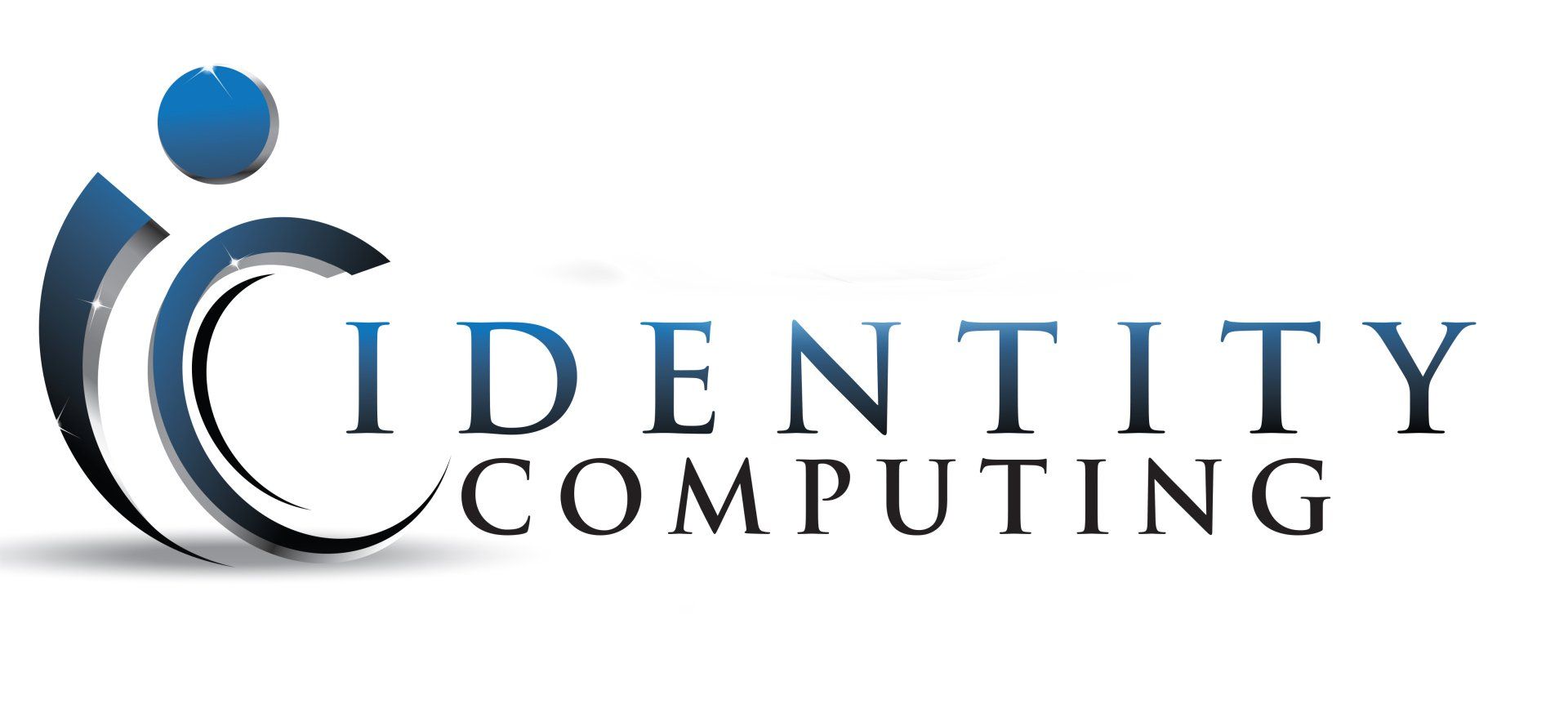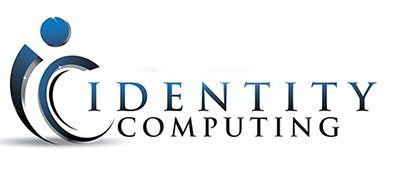In recent years many workplaces have been forced to make significant changes to the way their computer networks are structured.
Since adapting, some of these businesses have continued allowing their employees to work from home. This has led to ongoing concerns about how to maintain security when employees are working remotely.
There's a lot of misinformation about working remotely and little false security in some areas. Many people think that installing an antivirus makes them safe, but it’s just not true.
In this blog we will go through some key areas to focus on when managing a remote workforce.
PROTIP: Cybersecurity protects systems, networks, and programs from digital attacks.
What malware risks come with working remotely?
It’s important to understand that most applications these days are cloud-based. This means they will run in your web browser so the program’s code is running in your browser. This puts you at additional risk because people, like your staff, may click on things without thinking.
For example, let's just say your employees are using their personal computers at home for work purposes. They might think it’s fine to use it for non-work purposes and spend their lunch break Googling around for discount codes and click on something..
They might start back on their work after this not knowing that was a malicious website. It could have actually installed code in their browser. This code is called malware.
Now Malware can do a number of things. It can record keystrokes, which is what you're typing, and send that information off elsewhere. These keystrokes could include your username, your password, or a bunch of other important things.
Malware can also install some other software called command and control software. That software will allow an attacker to remotely take control of your machine. Their code can just sit there in the background until the attacker decides, maybe after hours, it’s a good time to go take over without getting detected.
Now, the critical thing to understand here, is you now have an intruder in your system who can do anything they want. They have access to all of your corporate resources and can send information out of your network. They can make copies of individual files or even make full backups and upload them anywhere they want.
You might never know any of this ever happened. Technically, none of this is a virus, so having your antivirus up to date doesn’t necessarily make you safe. There are a number of additional ways to protect your environment from threats like malware that aren’t classified as viruses.
How important is it for your workers to keep their systems updated?
You've got to have your antivirus up-to-date and also educate your employees about their behaviour and interactions on the internet.
Not everyone knows that antivirus programs need regular updating. It’s not something you can put off for a more convenient time.
Attackers are always finding new holes in your security and these updates ‘patch’ over these holes. Unless your antivirus is being updated regularly and you're keeping the operating systems patched your computer is at risk.
What education do workers need on working from home?
They need to be really careful with what they open, particularly attachments through emails. They also need to be careful about visiting untrustworthy websites and downloading files.
Even clicking on advertisements can lead to installing code on your browser. Not everyone knows about these issues so educating your staff is key. They need to understand what threats are out there so they can put measures in place for prevention.
PROTIP: You can hire someone to take care of all this for you
Talk to a Professional
At Identity Computing we know that most business owners are extremely busy getting things done and often IT becomes an afterthought. The cost and complex subject material can be frustrating and they just don't have the time or the brain space left over for that.
You still need to make sure to deal with your responsibilities as a company owner if you don’t have the time for these things. So get in touch with a professional and make sure they know what they’re doing.
The guy who does your system backups might not know anything about remote networking even if he seems smart and tells you he can work it out. IT has a lot of different specialties so do your research.



